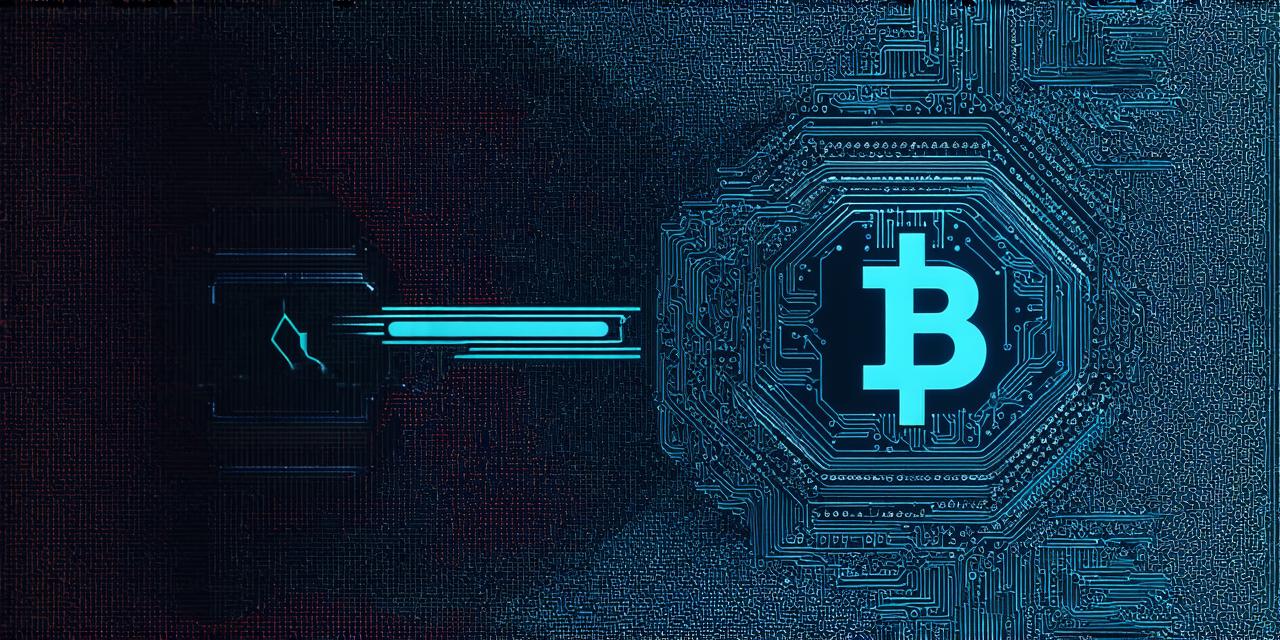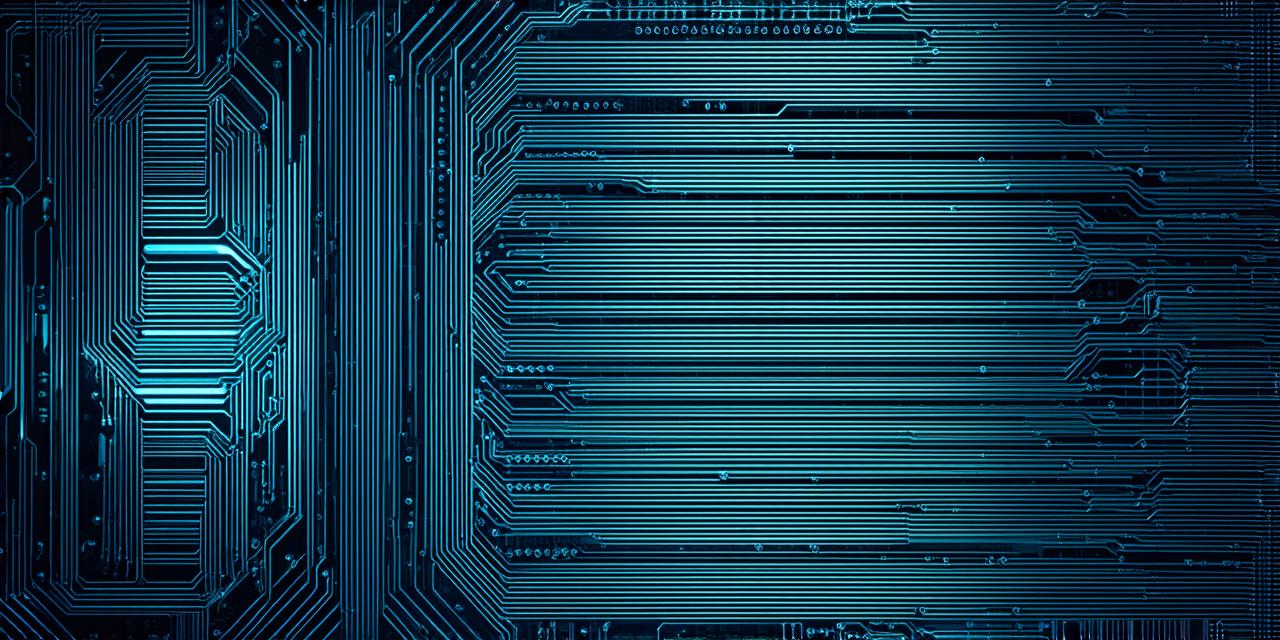Building an NFT Blockchain: A Comprehensive Guide
Non-fungible tokens (NFTs) have taken the world by storm, with artists, musicians, and creators of all kinds using them to monetize their digital creations. But what if you want to create your own NFT blockchain? In this guide, we’ll explore how to build an NFT blockchain using various tools and best practices.
Choosing the Right Blockchain Platform
There are several blockchain platforms that can be used to create an NFT blockchain, including Ethereum, Binance Smart Chain, Polygon (formerly Matic), and Solana. Each platform has its own advantages and disadvantages, so it’s important to choose the right one based on your specific needs.
Ethereum
Ethereum is the most popular blockchain platform for NFTs, with a wide range of tools and ecosystems available. However, it can be slow and expensive, especially during peak usage periods.
Binance Smart Chain
Binance Smart Chain is a fast and cost-effective alternative to Ethereum, with low transaction fees and faster confirmation times. It’s also compatible with the Binance ecosystem, making it easier to trade NFTs on the Binance exchange.
Polygon (formerly Matic)
Polygon is another fast and cost-effective blockchain platform for NFTs, with a scalable infrastructure that can handle thousands of transactions per second. It’s also compatible with Ethereum-based tools and ecosystems.
Solana
Solana is a high-performance blockchain platform that’s specifically designed for NFTs, with fast transaction speeds and low fees. However, it has a smaller ecosystem compared to Ethereum and Binance Smart Chain.
Building the NFT Blockchain Infrastructure
To build an NFT blockchain, you will need to set up a node on the chosen blockchain platform. A node is a computer or server that validates transactions and maintains a copy of the blockchain ledger. You can set up a node using various tools and software, depending on your technical expertise and preferences.
Ethereum

Ganache is a local blockchain for Ethereum development that allows you to quickly spin up a testnet for testing and development purposes. Truffle is a popular development framework for Ethereum that includes tools for setting up nodes, compiling smart contracts, and testing dapps.
Binance Smart Chain
The Binance Smart Chain Node Software is a standalone application that allows you to run a full node on your local machine. The Binance Smart Chain Explorer is an online tool that allows you to interact with the blockchain and view transaction data.
Polygon (formerly Matic)
The Polygon SDK is a set of libraries and tools for building Polygon-based dapps. The Polygon Testnet Explorer is an online tool that allows you to interact with the testnet and view transaction data.
Solana
The Solana CLI is a command-line interface for interacting with the Solana network. The Solana Playground is an online tool that allows you to write and test Solana smart contracts without setting up a local node.
Creating the NFT Smart Contract
The next step is to create an NFT smart contract that defines the rules for creating, buying, selling, and transferring NFTs on your blockchain. A smart contract is a self-executing program that runs on the blockchain and automates the execution of pre-defined conditions.
Solidity
Solidity is a high-level programming language that’s easy to learn and use. Vyper is a lower-level alternative to Solidity that’s more efficient but requires more technical expertise.
Rust
Rust is a fast and secure programming language that’s well-suited for building high-performance smart contracts. Go is another popular language for building BSC smart contracts.
Go
Go is the official programming language for Solana smart contracts.
Minting and Managing NFTs
To mint an NFT on your blockchain, you will need to call the NFT smart contract’s “mint” function and pass in the necessary parameters, such as the token ID, owner address, and metadata. Metadata is additional information that describes the NFT, such as its name, description, image URL, and other attributes.
Managing NFTs
Once an NFT has been minted, you can manage it using various functions provided by the NFT smart contract, such as “transfer” to transfer ownership of the NFT to another address, “approve” to give permission for another address to spend the NFT on behalf of the owner, and “burn” to destroy the NFT.
Interacting with Your NFT Blockchain
To interact with your NFT blockchain and view transaction data, you can use various tools and software, depending on your technical expertise and preferences.
Ethereum
The Ethereum Explorer or Etherscan allows you to view transaction data and interact with your NFT smart contract. Tools like MetaMask or MyEtherWallet allow you to manage your NFTs and sign transactions.
Binance Smart Chain
The BSC Explorer or BSC Scan allows you to view transaction data and interact with your NFT smart contract. Tools like Trust Wallet or Binance Chain Wallet allow you to manage your NFTs and sign transactions.
Polygon (formerly Matic)
The Polygon Explorer or Polygon Scan allows you to view transaction data and interact with your NFT smart contract. Tools like MyEtherWallet or MetaMask allow you to manage your NFTs and sign transactions.
Solana
The Solana Explorer or Solscan allows you to view transaction data and interact with your NFT smart contract. Tools like Phantom or Sollet allow you to manage your NFTs and sign transactions.
Conclusion
Building an NFT blockchain is a complex process that requires technical expertise and knowledge of various tools and software. However, with the right approach and guidance, anyone can build and manage their own NFT blockchain using popular blockchain platforms like Ethereum, Binance Smart Chain, Polygon (formerly Matic), and Solana.
To get started, you will need to choose a blockchain platform, set up a node, create an NFT smart contract, mint and manage NFTs, and use various tools and software to interact with your blockchain and view transaction data. With practice and experience, you can become proficient in building and managing NFT blockchains and explore new use cases and applications in the rapidly growing world of non-fungible tokens.



